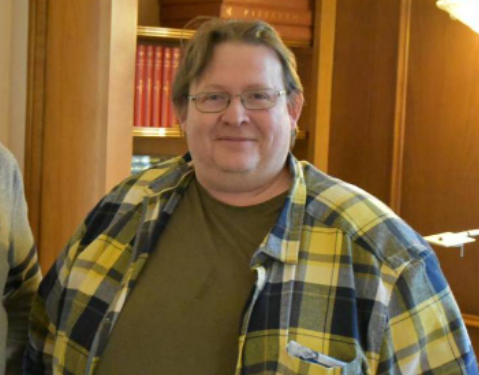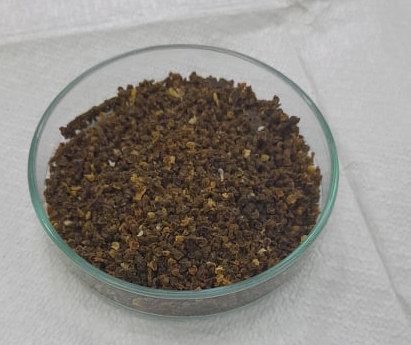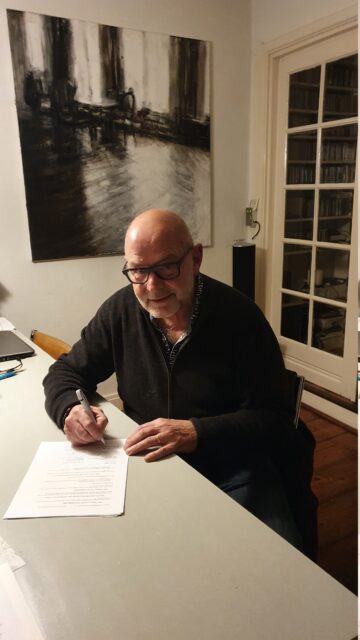After all the time, the INSIGNIA-EU team has spent for the preparations, we have reached the moment for celebration of the INSIGNIA-EU pilot study start 2022.
Today, May 19th until Sunday, May 22 marks the very first phase of the pilot study’s sampling process – the installation period.
Within this time period, a total of 15 participating citizen scientist beekeepers from Austria, Denmark and Greece will install the first matrices. Those will stay in the test hives for two weeks and be sampled within the sampling period of sampling round 1 (SR01).
Austria prepared a short, video guidance for the installation period: Continue reading “Finally! The INSIGNIA-EU Pilot study has started”










